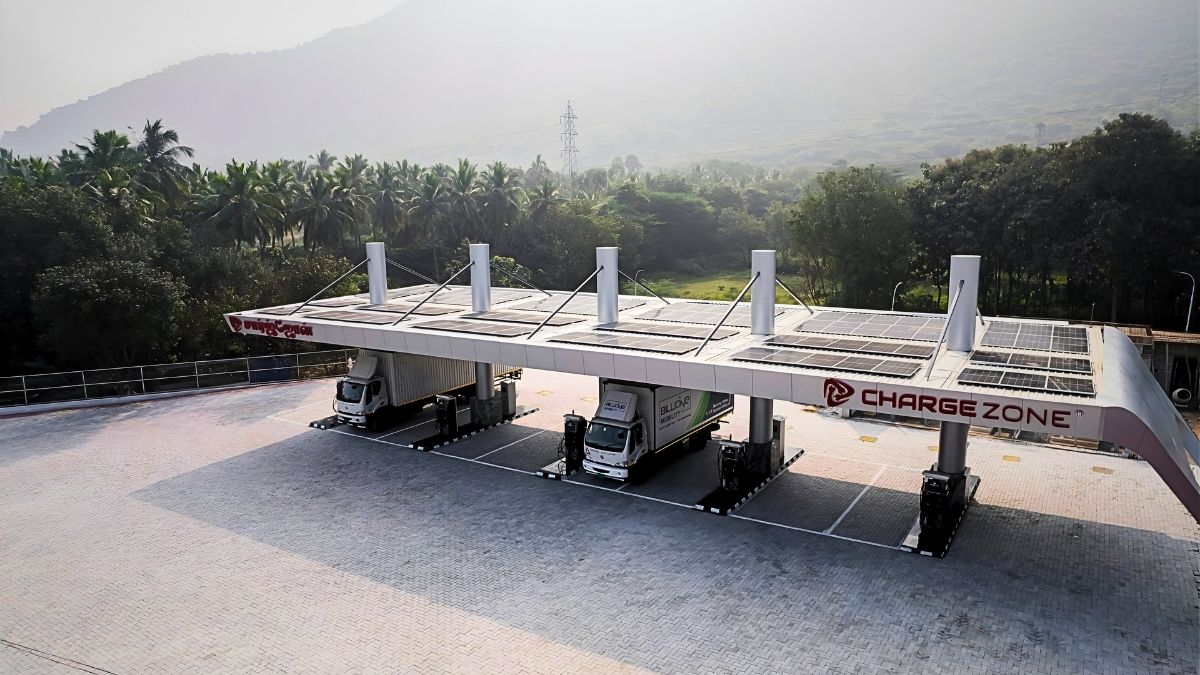Labour Codes India Updated: Powerful Reforms Resetting Worker Rights and Industry Rules

New Delhi [India], November 21: India finally pulled the trigger on a reform everyone talked about for decades. The four labour codes are live, and they’re rewriting how this country works, hires and protects its people. It’s big. And long overdue.
Shramev Jayate!
Today, our Government has given effect to the Four Labour Codes. It is one of the most comprehensive and progressive labour-oriented reforms since Independence. It greatly empowers our workers. It also significantly simplifies compliance and promotes ‘Ease of…
— Narendra Modi (@narendramodi) November 21, 2025
India’s implementation of the four labour codes isn’t just another policy update. It’s a structural reset of how work, wages and welfare operate across the world’s largest workforce. The focus keyword labour codes India sits at the centre of this entire shift, and it shows in the way the reforms promise simpler compliance, stronger rights and cleaner rules in a labour ecosystem that was begging for clarity.
For years, India ran on 29 different labour laws stitched together from the 1930s to the 1950s. Different ministries, different paperwork, different interpretations. Employers called it a maze. Workers called it unpredictable. And honestly, they were both right.
But now, with the Code on Wages, Industrial Relations Code, Code on Social Security and Occupational Safety, Health and Working Conditions Code coming into effect, the country has moved on from colonial-era confusion to a unified, global-ready system.
The government calls it future-ready.
A Clean Break From The Past
Before today’s reforms, millions worked without appointment letters. Minimum wages applied only to certain “scheduled” sectors. ESIC coverage depended on location, not need. Women were locked out of night shifts, certain industries and, in many cases, higher-paying roles. That’s not the India we’re building for 2047.
Now the table has flipped.
Every worker gets a written appointment letter. Minimum wages guarantee financial stability for all. Gig and platform workers finally get defined in law and covered under social security. And ESIC coverage turns Pan-India instead of pin-code dependent.
Honestly, that alone is a massive shift. No more “this area isn’t notified so you’re not eligible” chaos.
Social Security That Finally Includes Everyone
For decades, India ran on the idea that only certain categories deserved social protection. Platform drivers, delivery workers, and freelancers existed in limbo. When they fell sick, injured or unable to work, support was entirely dependent on employer goodwill.
The labour codes change that.
Gig and platform workers get universal social security coverage funded partly by aggregator contributions. A universal Aadhaar-linked account makes benefits portable across states. For migrant workers, this is the difference between starting over and continuing without disruption.
Add to that the expansion of ESIC to hazardous workplaces with even one employee, and suddenly the safety net covers the full spectrum of India’s workforce.
Stronger Wages, Mandatory Timeliness
Work deserves pay on time. Simple idea. Somehow not so simple in practice across many sectors.
Under the labour codes India reform, employers must pay timely wages without exception. No delays, no excuses, no ad-hoc deductions. Salary by the seventh of every month becomes mandatory in IT, ITES and other key sectors.
Floor wages fixed by the central government ensure that no worker in any state dips below a minimum living standard.
Women Step Into Equal Ground
Let’s be honest: India can’t win the economic race if half the country sits on the bench. The reforms recognise that.
Women can work night shifts across all sectors, including heavy machinery, mining and hazardous industries, with consent and safety guarantees. Gender discrimination is explicitly prohibited. Equal pay is mandatory. Grievance committees must include women. And here’s a quiet but powerful detail: parents-in-law can now be included in a woman employee’s family definition for benefits.
This isn’t just progressive. It’s practical. It respects the realities of Indian households.
Youth, Contract Workers and FTEs Get Real Protection
Youth workers gain appointment letters, mandatory wage payment, predictable working conditions and clear formal employment histories. For contract workers, fixed-term employment now comes with equal benefits as permanent employees, including medical facilities and social security.
Gratuity after one year instead of five is a game changer for India’s most mobile workforce. It’s about time.
Labour Codes: Sector-by-Sector Improvements
The reforms aren’t generic. They drill down into the sectors that needed attention most:
- MSMEs get simplified compliance and guaranteed wages for workers.
- Beedi and cigar workers gain capped working hours, double overtime and bonuses.
- Plantation workers receive ESI for entire families plus safety training.
- Migrant textile workers get equal pay and PDS portability.
- Dock workers receive legal recognition and mandatory medical facilities.
- Mining workers get national safety standards and regulated working hours.
- Export-sector workers gain gratuity, PF, and strict dispute-protection rules.
Each of these changes moves India closer to a labour environment that matches our ambitions—competitive, fair and globally aligned.
Compliance: From Chaos to One-Window Clarity
This might be the biggest relief for businesses. No more juggling 20+ registrations, licences and returns.
The labour codes India setup offers a single registration, single licence and single return for safety and working conditions. Inspections shift from punitive to facilitative. For small units, applicability limits are eased without compromising worker safeguards.
A National OSH Board standardises safety norms across sectors so companies don’t spend half their time decoding overlapping rules.
Why This Matters for India’s Future
India expanded social security coverage from 19 percent of the workforce in 2015 to 64 percent in 2025. That’s not a small achievement. But reaching full coverage needed a legal structure that matched the scale of our economy. The labour codes are that structure.
They recognise gig work. They support women. They modernise engagements. They simplify compliance for MSMEs. And most importantly, they put dignity at the centre of employment. Workers become visible. Employers get predictability. Industries gain the flexibility they need to compete globally. This is the India that wants to hit a five-trillion-dollar economy and actually has the workforce framework to back it.
Also Read: Defence Atmanirbharta Breakthrough: India’s Record Surge in 2025






